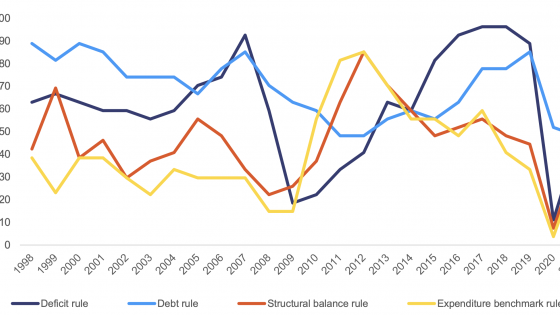DP2386 East Germany: Transition With Unification - Experiments and Experiences
East Germany remains unique among the transition economies. Soon after the fall of the Berlin Wall in 1989, it became part of the Federal Republic of Germany. German Union meant the transplantation of West Germany's legal, administrative and economic infrastructure to the five new Länder. The paper traces the economic changes since 1989 and assesses the convergence between West and East Germany during the last decade. We reach three main conclusions: First, there has been significant convergence in the administrative and economic realm, though persistent differences remain in the level of output and incomes as well as local capacities. Third, the Kohl government's policy towards East German transition, driven by short-term electoral considerations, has focused almost entirely on financing a high standard of consumption and too little on fostering investment and economic restructuring. Third, there is, therefore, a considerable risk that East Germany will remain a transfer-dependent economy for the foreseeable future. However, endogenous institutional change in the labour market, showing its first signs in East Germany, may become important in overcoming the structural problems in the new Länder.

